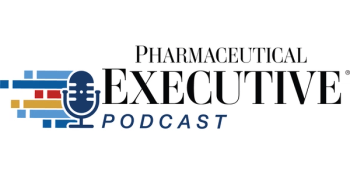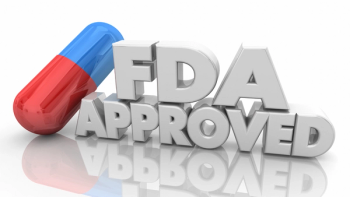Key Takeaways
- CTV Ads Drive Multicultural Engagement: Hispanic Americans are more likely to discover new medications through connected TV ads than traditional TV, highlighting the importance of CTV in reaching diverse audiences.
- Mobile Advertising Prompts Action: A majority of consumers are inclined to ask a doctor, research, or purchase a medication after seeing a mobile ad, making mobile a critical touchpoint in the patient journey.
- AI and QR Codes Boost Pharma Ad Relevance: Black and Hispanic Americans show the highest comfort with AI-generated ad content, while QR codes are especially effective in driving interaction among multicultural viewers.
With evolving patient behaviors and media consumption, TV and connected TV ads have become a vital channel for reaching diverse audiences and increasing awareness of new medications in the United States. A recent Cadent study, conducted with Tthe Harris Poll, found that TV and connected TV ads are rapidly closing the gap with healthcare providers as a trusted source for introducing new medications to consumers.
The study evaluated over 4,000 adults in the United States to provide a broader perspective on healthcare attitudes. It specifically examined how pharmaceutical advertising influences different multicultural communities, including Hispanic, Black, White, and Asian populations.1
Are TV Ads Becoming as Influential as Healthcare Providers in Driving Medication Awareness?
"Harnessing the power of CTV and cross-screen advertising is crucial for pharmaceutical advertisers," said Cadent Health SVP Bradley Deutsch, SVP, Cadent Health, in a press release. "Seventy-six percent of consumers are more inclined to take action after encountering an ad across multiple devices. These platforms don't just introduce new medications–––they are a critical factor for driving brand awareness and engagement throughout the patient journey, encouraging consumers to discuss the advertised medications with their healthcare providers."
Key Findings Highlight Engagement Across Devices and Demographics
- Results showed that 33% of Hispanic Americans are likely to learn about prescription medications through connected TV, while 28% tend to learn from traditional TV.
- Mobile ads are highly effective in prompting action, with 73% of respondents saying they would ask a doctor about a medication after seeing an ad.
- Seventy-one percent of respondents said research would influence their decision.
- Additionally, 64% of respondents stated that they were likely to purchase a medication after seeing a mobile ad.
- Sixty-one percent of Black Americans and 57% of Hispanic Americans expressed acceptance with AI-generated ad content.
- In comparison, only 38% of White Americans and 37% of Asian Americans expressed acceptance with AI-generate ad content.
- QR codes are proving to be an effective engagement tool, as nearly half of Americans say they would scan one after viewing a medication ad on connected TV. Interest is especially strong among Black Americans at 68%, with Hispanic Americans close behind at 63%, followed by 44% of Asian Americans and 40% of White Americans.1
Personalization and Cultural Relevance Drive Results
The study further suggests that as pharmaceutical marketers adapt to a diverse consumer landscape, personalization and cultural relevance are increasingly key to driving engagement. Interactive features such as quizzes and utility tools also prove effective in making ads more relevant and encouraging action. Recognizing cultural differences—such as payment preferences, comfort with AI-generated content, and information needs—helps brands craft campaigns that resonate more deeply with varied populations. By leveraging these insights, the authors of the study believe that pharmaceutical companies can build trust and motivate healthier choices across diverse communities.2
"Given the evolving landscape and the potential shifts in how pharmaceutical advertisements are delivered, understanding where your audience is engaging and how to connect with them is more critical than ever," continued Deutsch, in the press release. "Pharmaceutical advertisers can effectively reach and engage their target audience by leveraging these insights—without compromising individual privacy. Trust and education are key drivers of engagement, particularly in healthcare, where consumers increasingly value informative, relevant content. Highlighting specific demographics empowers marketers to create culturally relevant and educational campaigns that not only resonate with diverse audiences but also foster trust—ensuring no one is left behind in healthcare communication."
References
- New Cadent Study Finds TV Ads Rival Doctors in Driving Awareness of New Medications Across Key Demographics. PR Newswire. July 16, 2025. Accessed July 16, 2025. https://www.prnewswire.com/news-releases/new-cadent-study-finds-tv-ads-rival-doctors-in-driving-awareness-of-new-medications-across-key-demographics-302506856.html
- Cadent pharma advertising trends report. Cadent. Accessed July 16, 2025. https://info.adtheorent.com/hubfs/2025%20Cadent%20Pharma%20Advertising%20Trends%20Report.pdf?__hstc=213750795.7f2f28dd81844d2c8ac64f78f769160b.1752692837192.1752692837192.1752692837192.1&__hssc=213750795.2.1752692837192&__hsfp=3863828579




